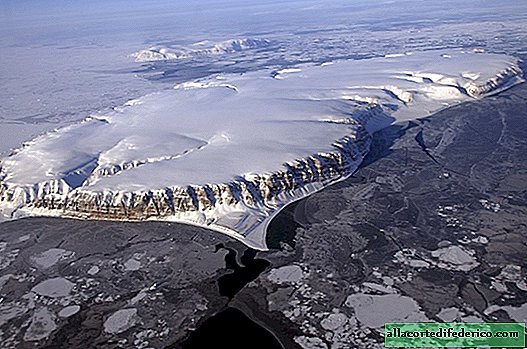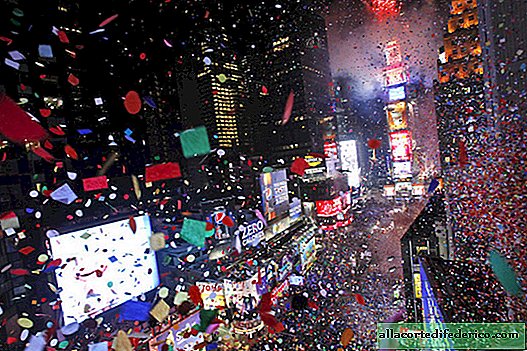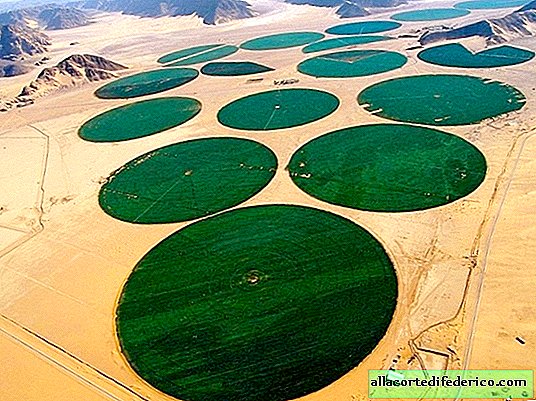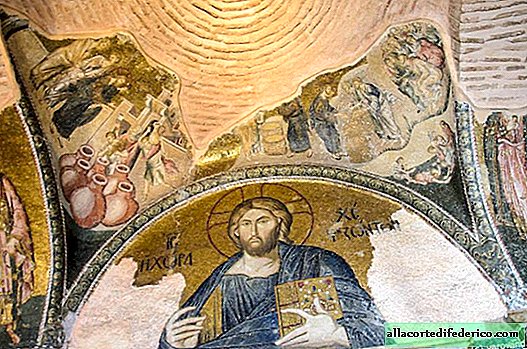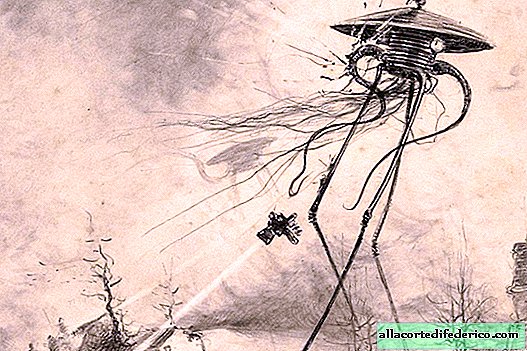Crazy or genius? The whole truth about the most beautiful castle in the history of mankind.
One of the most visited castles in Germany, Neuschwanstein (literally translated as “New Swan Cliff”) rises against the backdrop of fabulous landscapes of the Alps, as if the scenery for a fantasy film. The history of this castle is even more beautiful, because it was conceived as a refuge for the reclusive king. Ludwig II had to ascend the throne when he was not yet 20 years old. His life was full of failures and disappointments, because the king was immersed in a fantasy world, building fairytale castles in remote, inaccessible places. These creations were so luxurious that the king was nicknamed "fabulous." He even wanted his projects destroyed after death. It is noteworthy that the wonderful Neuschwanstein Castle was a childhood dream of Ludwig II, who was so attracted to fairy tales, theatrical productions and the Middle Ages.
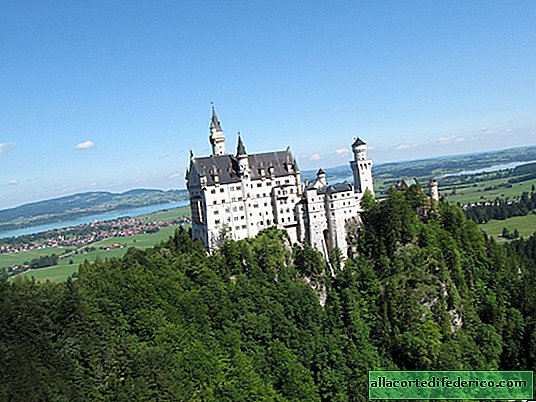
Construction lasted from 1869 to 1886. Originally conceived as a three-story Gothic Neuschwanstein fortress, it gradually grew into a five-story castle in a romantic style. The king was always generous when it came to translating his architectural fantasies, and hired the best craftsmen from around the world! He did not use public funds, but emptied his own treasury, which later involved him in great debt.

The plateau on which the castle now stands, Ludwig ordered to blow up, so it sank 8 meters. The embodiment of the idea involved architect Eduard Riedel and Munich master Christian Jank. In those days, the construction of such a masterpiece required titanic efforts and tons of building materials. Columns, windows, ledges of the arch are made of Salzburg marble. The steam-powered crane lifted the fixed structures, which were then installed using lifting blocks. In the castle of Hohenschwangau, which is next door, the king had a bedroom with a telescope, with which he watched the construction of Neuschwanstein.

Every detail of the castle reflects the king’s restless and eccentric nature, his passion for Wagner’s works, his interest in the life of medieval kings, his desire to escape to the world of dreams. The inner walls of the castle are decorated with frescoes depicting fairy-tale scenes from the operas of Wagner, Ludwig's closest friend. The swan logo is another important detail in the image of the castle. The king is identified with a swan knight, whose tragedy was endless loneliness. In the castle’s living room there is a symbol of the legend of the swan knight - a massive vase.

When the king died, construction was suspended. The third floor of the castle and the knight’s room remained unfinished, the main 90-meter tower was not built at all. Inside the castle looks no less luxurious. Over the head of the king’s bed, decorated with fragile wooden carvings, 15 craftsmen worked for four and a half years.

The photo shows the king’s chapel and the winged altar.

The floor of the vaulted lobby on the fourth floor is decorated with a huge mosaic depicting the animal and plant world.

The throne room, which was never completed, can be considered the most impressive premises of the castle. Nine marble steps lead to the place where the throne of ivory and gold was to be located. This room is dedicated to the grace of God.

The king planned to build another castle in the mountains, but did not fulfill his plan. At the end of his life, Ludwig was declared mentally unhealthy, after which he was persecuted and secretly killed. Rumor has it that during the Nazis, the castle was a unit of the Third Reich, which studied the culture of the Nibelungs, runes and engaged in the occult. The castle also kept items from Hitler's personal collection. An unforgettable panorama opens from the Marienbrucke Bridge, named after the King’s mother.

Since the castle is located on a hill, it is often enveloped in fog. At such moments, he looks beautiful and lonely, like Ludwig II himself. Today, this masterpiece of architecture is the pride of the Bavarians, whose ancestors once destroyed their creator. But the image of the fairytale king, like an integral part of the alpine landscape, is forever captured in the history of mankind. Share this legendary story about the most beautiful castle in Germany!

